LED lighting technology is gaining traction every day thanks to the benefits of the lights over other light bulbs. But, this brings the need for safety standards as with high demand, some manufacturers may compromise on LED bulb quality. Therefore, lighting certifications for electronic products are essential. Today, we’ll explore the LED light certification and current performance standards for the lights.
Types of LED Lights Certification
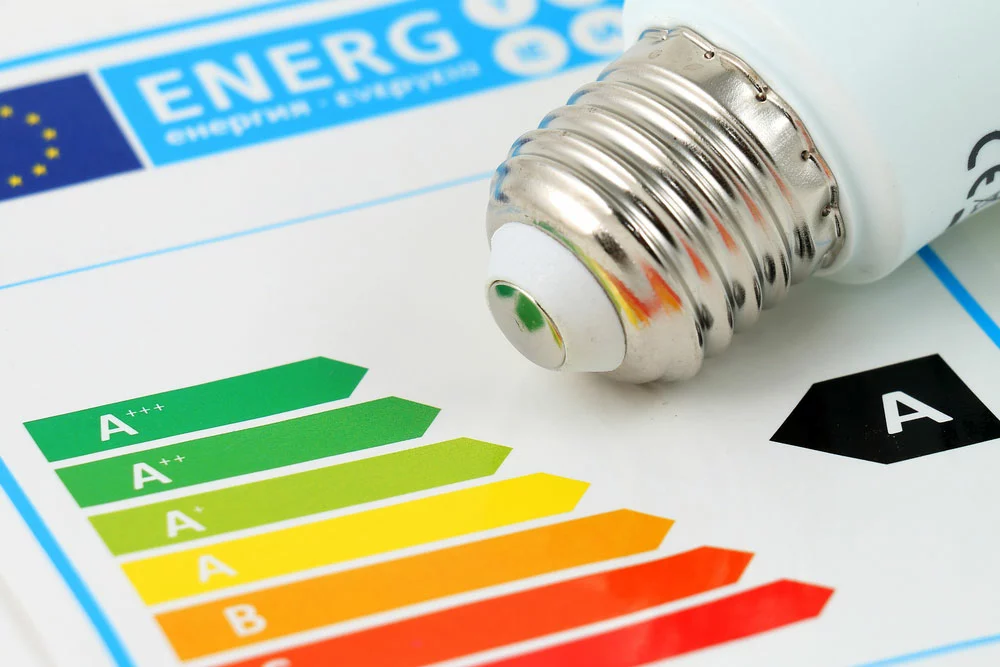
LED certifications are a requirement in all jurisdictions.
Undoubtedly, LEDs dominate the lighting industry primarily because of their energy-saving features and longevity. But, there’s a need for the oversight of electrical products via certifications such as the following:
a.) DesignLights Consortium (DLC)
The certification is specifically for commercial LED lights. It rates LED lighting products based on aspects such as:
- Lumen maintenance capacity
- Color rendering ability
- LED longevity
- Duration of the LED warranty period
- LED light distribution
- Output
Notably, the quality product certification process is significant for industrial-grade commercial lighting panels. It’s also valuable for retrofitting kit lighting fixtures.
b.) Consortium for Energy Efficiency (CEE)
The ceCertificationeatures various products’ operational safety, performance, and efficacy guidelines. The lighting certifier updates the policies regularly to accommodate the environmental standards for the latest electrical components.
c.) Title 24 (California)
In the US, there are specific standards for safety for various states. For instance, Title 24 (California) is such a standard. It assists business owners in the state in identifying the newest energy-efficient lighting products.
d.) ENERGY STAR
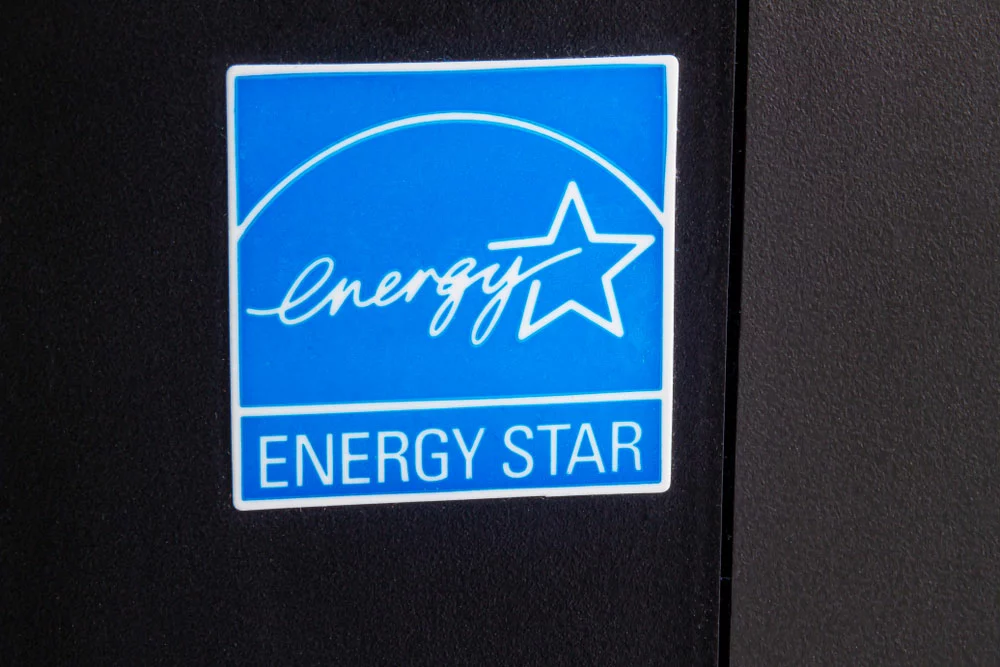
Energy Star Logo
It ranks among the most prevalent safety standards for qualifying numerous electrical appliances and fixtures. An energy star-certified lighting device is more energy efficient than a conventional bulb.
Ideally, such a device consumes about 1/4 lesser power than one without the certification. In turn, this will significantly save on power and energy costs.
e.) Lighting Facts
Most people will opt for LEDs and CFLs over other lights because of their longevity and high efficiency. However, buyers can only know if they invest in a quality light fixture through a luminous flux rating rather than watts.
Thus, the Lighting Facts certification compels commercial lighting product manufacturers to display the lumen on the bulb instead of Watts. A consumer can make a more informed decision when buying LEDs by considering the brightness of light emitted.
f.) International Dark-Sky Association (IDA)
The body deals with research and development of light pollution issues. Further, it aims to realize the natural night environment with outdoor lighting fixtures. Hence, it gives certificates to exterior lights with low glare and light trespass.
g.) Conformite Europeenne (CE) Certification
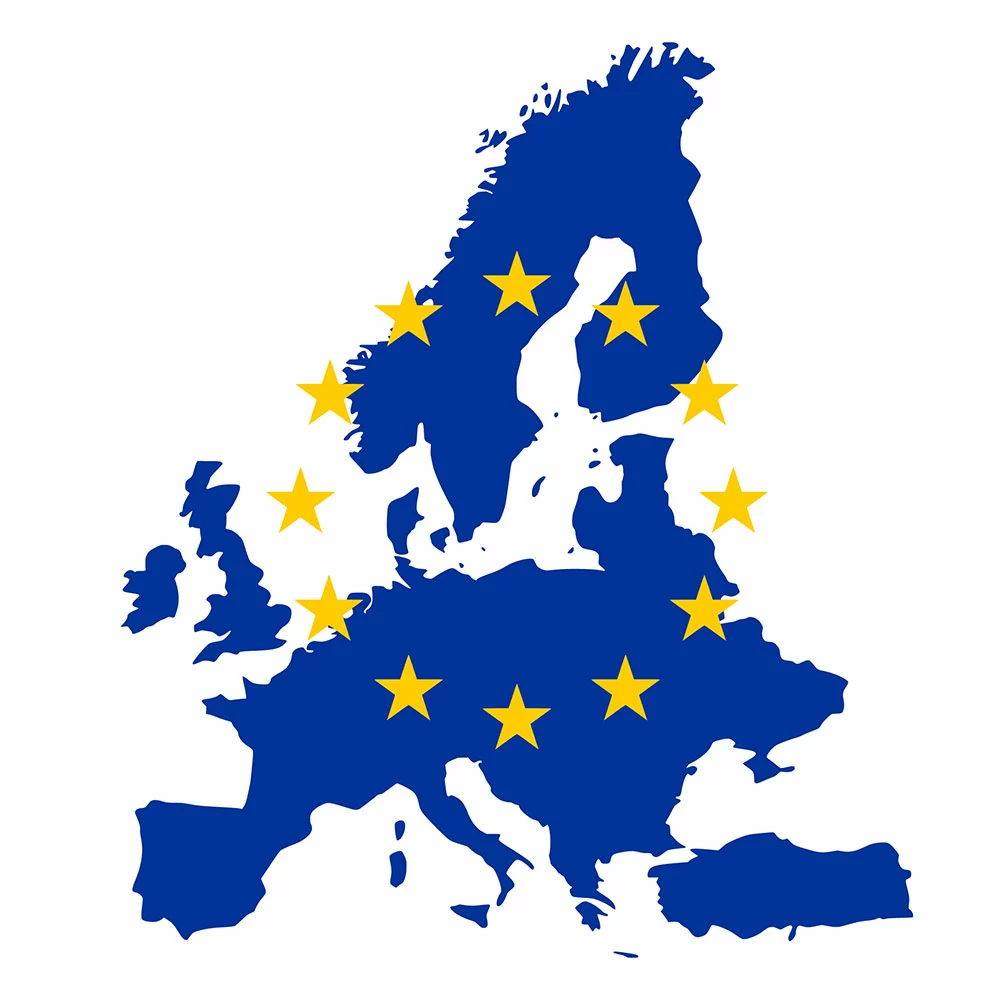
CE certification is mandatory in EU Countries.
Commonly known as the CE certification, it is a fundamental prerequisite for importing LEDs into the EU zone. Notably, it features more than one directive and involves other requirements such as RED, EMC, RoHS, and LVD.
Furthermore, all LED products retailing in the EU must have the CE certification mark. They also must have a traceability code.
Below is a further exposition of the vital CE certification directives.
Electromagnetic Compatibility Directive (EMC)
All the products must pass the electromagnetic compatibility test to ensure they don’t affect others during importation. Hence, it would help if you asked the supplier to provide an EMC test report while importing LEDs into the EU.
Low Voltage Directive (LVD)
The safety certification limits the LEDs’ input voltage to 120V to 1,500V DC and 50V to 1000V AC. LEDs with a higher voltage than this specification are hazardous materials, and you shouldn’t import them to the EU.
Again, it would help if you asked the supplier to attach the LVD compliance test when supplying LEDs.
Radio Equipment Directive (RED)
It is a standard that governs the electromagnetic compatibility of LEDs. But, while it is a necessary safety standard, most LED manufacturers don’t provide a RED report. Hence, you’d have to pay third-party testing firms such as SGS for inspection.
Ecodesign Directive
As the name suggests, the directive looks into the LEDs’ compliance with the set eco-design standards. Primarily, LEDs must comply with energy efficiency demands for sale in the EU.
What you need for this report includes a product life cycle analysis, test reports, and energy labels of the LEDs.
h.) Underwriters Laboratories (UL)
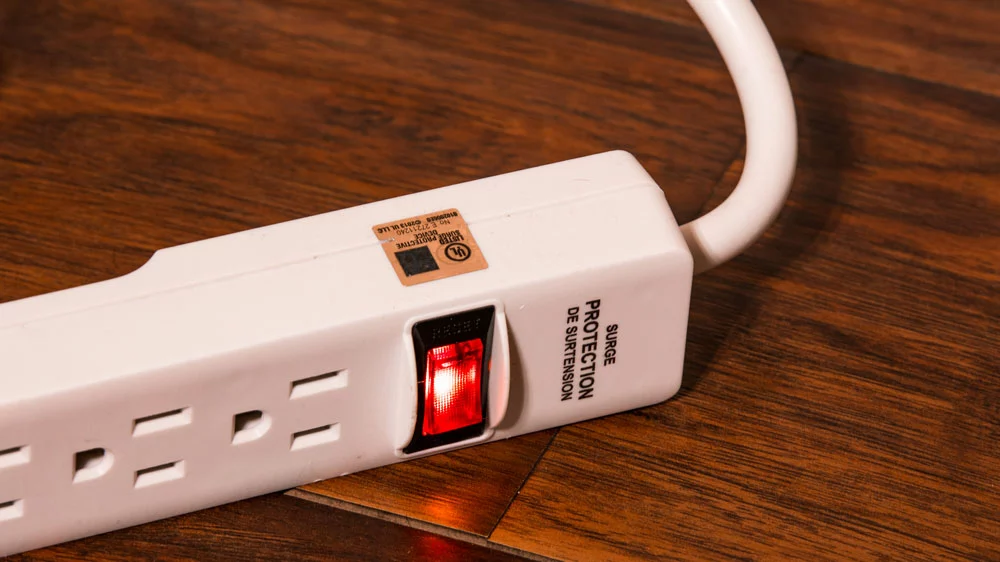
A gold sticker on a surge protector extension cord showing UL approval.
It is a voluntary test for those intending to sell LEDs in the United States. However, despite not being mandatory, most US states require you to take the test.
The popular UL standards for LED lighting products include the following
- UL 588- Seasonal Decorative Products
- UL 8750- LEDs in lighting products
- UL 8753- replaceable LED light engines
- UL 2592- low voltage LED wires
i.) Federal Communication Commission (FCC Certification)
Like the UL, it’s a US-based certification, but it’s mandatory for all LED products sold in the country. Primarily, it regulates how LED frequency spectrums interfere with telecommunication networks.
j.) RoHS – Restriction of Hazardous Substances Directive
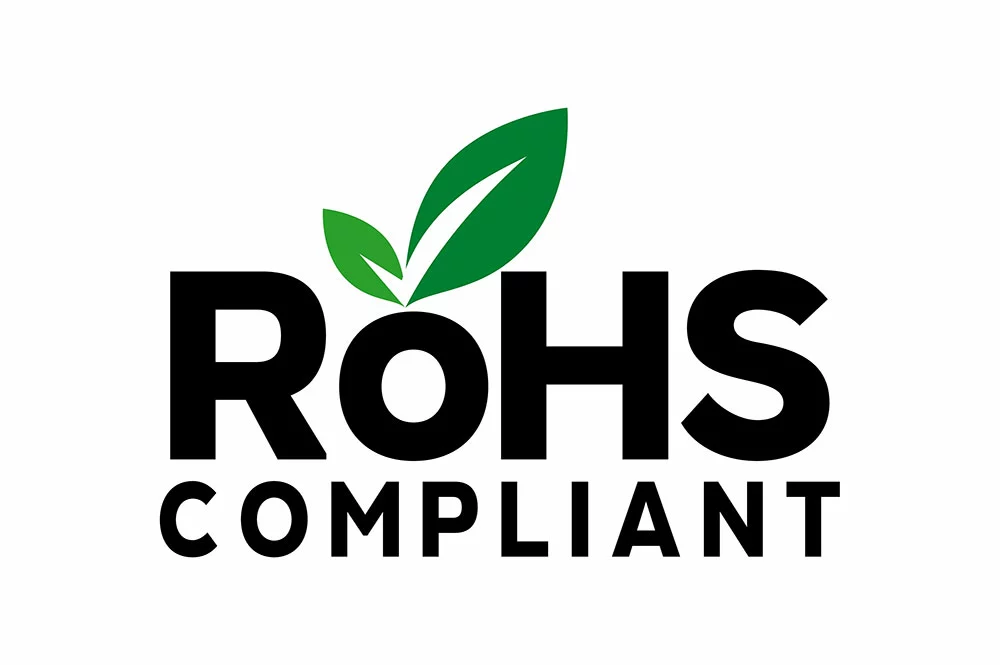
A RoHS Compliance Logo
It is primarily under CE certification and checks the hazardous substance limits in LED products. Hence, it is a cardinal prerequisite for all the LEDs imported into the EU. However, US states like New York and Washington have made the certification mandatory primarily because it’s a public safety testing protocol.
k.) CSA Group
The compliance, standards, and accountability (CSA) is a voluntary Canadian standards development organization certification. CSA Group has a website from which you can check whether particular products are compliant.
Certifications for Different Countries

Several Quality Certification Marks
You need to understand the respective certifications for the country you intend to conduct your LED trade to avoid disputes. Here are some of the specific certifications for various jurisdictions.
United States
In the US, you must have FCC certification to trade LEDs. In addition, some states may require you to have the ENERGY STAR and UL certifications.
European Union Nations
The CE certification is compulsory in EU countries. It has various directives, as we cited earlier. Other critical voluntary certifications include the ENEC and GS certifications.
Also, you’ll require the VDE certification if you’re operating in Germany.
North American Market
It would help if you had the ENERGY STAR, ETL, UL, and FCC here.
Canada
You must have the CSA safety, cULus, or ETL certification in Canada.
Japan
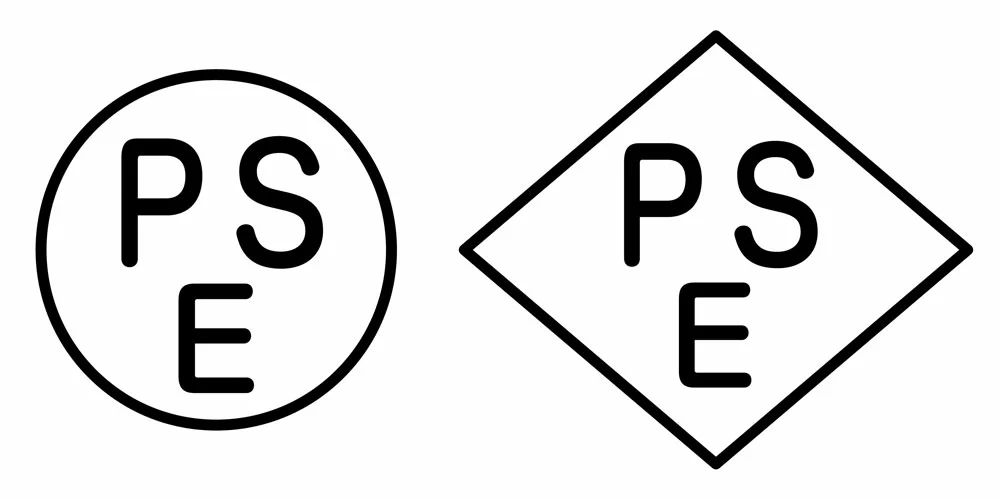
PSE Certification Marks.
Here, you must have the PSE certification for LED light trading.
Where to Find Out if Products Meet Industry Standards
You can check whether a particular LED meets the industry standards from the certifying body’s website. For instance, the CSA Group and ENERGY STAR have a portfolio from where you can check the compliance status of various electronic parts.
Summary
The lighting market is awash with various LEDs thanks to their energy efficiency and durability. But, some bodies act as lighting control systems for quality, such as those highlighted above. Primarily, they aim to ensure manufacturers don’t compromise product safety and standards. We’ve listed them all above. For more information, feel free to reach out to us anytime.
